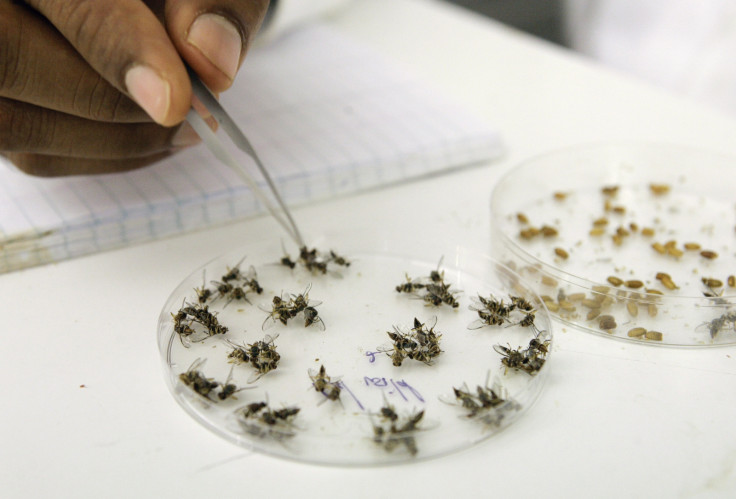Why do we sleep? Switch in the brain found to drive sleep-wake cycle
Scientists want to understand how we fall asleep to solve mystery of why we need to kip.

Scientists have identified the mechanism in our brain responsible for waking us up. They have compared it to a switch than can be flipped to activate or deactivate our sleep-control neurons.
The long-term goal of this research is to understand why we sleep. By looking at the mechanisms in the brain that control the process of falling asleep, scientists hope they will understand the biological function of sleep.
Sleep is known to be governed by two systems – the circadian clock and the sleep homeostat. While the first is well understood, very little scientific research has been carried out regarding the second.
"Our circadian clock is responsible for making us sleep when it hurts us least, in a way that fits our diurnal lifestyle. But this mechanism does not answer the question of why we sleep in the first place, and
why sleep is vital. The sleep homeostat might. If we manage to understand what it does and what it responds to, we might be able to solve the mystery of sleep," Gero Miesenböck, who leads the lab where the research was conducted, told IBTimes UK.
In a study, published in journal Nature, the scientists identified the mechanism in the brain leading to a state of wakefulness.
Switching on and off
The scientists, from the Centre for Neural Circuits and Behaviour (University of Oxford), carried out their experiments on fruit flies – a common animal model in sleep research.
Previous studies had identified 24 nerve cells out of about 100 000 in the brain of fruit flies, linked to the sleep homeostat. These sleep-control neurons can come in two states: electrically active, prompting the fruit flies to fall asleep, or inactive, which wakes them up.

In their experiments, the scientists artificially increased dopamine levels in the brains of the flies, which led to the neurons becoming inactive and the flies to wake up. If dopamine delivery was stopped, neurons were electrically activated and the flies dozed off.
This suggests that sleep-control neurons are able to switch on and off between the two states, with dopamine playing an important role in the process.
Dopamine and the Sandman
The scientists then managed to identify the signal in the brain that makes this switch to go from on to off – from sleep to wakefulness.
They have shown that when dopamine is released in the brain, a specific ion channel – a membrane protein controlling the electric signals through which brain cells communicate – is moved from the
inside of the sleep-control neurons to the outside. The researchers have called this channel 'Sandman'.
They have yet, however, to identify the mechanism that leads to the cells becoming active again and to flies falling asleep. "We do not know what causes the ion channel to get reinternalised by the neurons, activating them and leading the flies to fall asleep. This is of course a crucial question, one we will study next. It is really quite beautiful to discover how simple molecular processes in a small number of cells explain such a complex organismal process as sleeping," Miesenböck concludes.
© Copyright IBTimes 2025. All rights reserved.






















